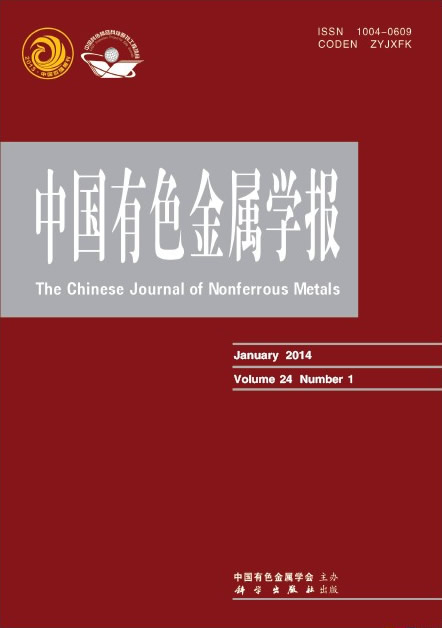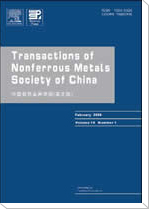(佳木斯大学 材料科学与工程学院,佳木斯 154007)
摘 要: 采用陶瓷先驱体转化法连接Cf/SiC复合材料。针对Cf/SiC复合材料的不同连接界面特性,采用不同的连接配方和工艺。结果表明:对于第一类以SiC相为主的连接界面,采用单一的聚硅氮烷即可实现Cf/SiC复合材料的连接,当连接温度为1 300 ℃,经两次浸渍/裂解增强处理的连接件接头抗剪强度达最大值29.6 MPa;连接层厚度为2~3 μm,其结构较为均匀致密,由无定型SiNC陶瓷组成;对于第二类以C纤维端面为主的连接界面,采用聚硅氮烷并加入活性填料纳米Al粉来实现其连接;当连接温度为1 150 ℃,经两次浸渍/裂解增强处理的连接件抗剪强度达最大值22.5 MPa;连接层厚度约为30 μm,连接层中含有SiC、Si3N4和AlN等相。
关键字: Cf/SiC复合材料;聚硅氮烷;连接;界面特性
(School of Materials Science and Engineering, Jiamusi University, Jiamusi, 154007, China)
Abstract:Joining of carbon fiber reinforced SiC composite(Cf/SiC) to itself was realized via preceramic silicone polysilazane(PSZ) with aluminium nanopowders as joining materials. The different joining technology was used for the different joining interfaces of Cf/SiC. The results show that Cf/SiC was joined by using single polysilazane for the first kind of joining interface mainly containing SiC. The maximum shearing strength of the joints is 29.6 MPa. This value is obtained at the joining temperature of 1 300 ℃ and after the reinforcement for 2 times. The joining material transforms into an amorphous SiCN ceramic interlayer with thickness of 2−3 μm. Cf/SiC can be joined by using polysilazane with aluminium nanopowders as joining material for the second kind of joining interface mainly containing C fiber. The maximum shearing strength of the joints is 22.5 MPa. This value is obtained at the joining temperature of 1 150 ℃ and after reinforcement for 2 times. The thickness of joining interface is about 30 μm, and the joining interface includes SiC, Si3N4, AlN and Al4C3 crystallites.
Key words: Cf/SiC composites; polysilazane; joining; interface property


